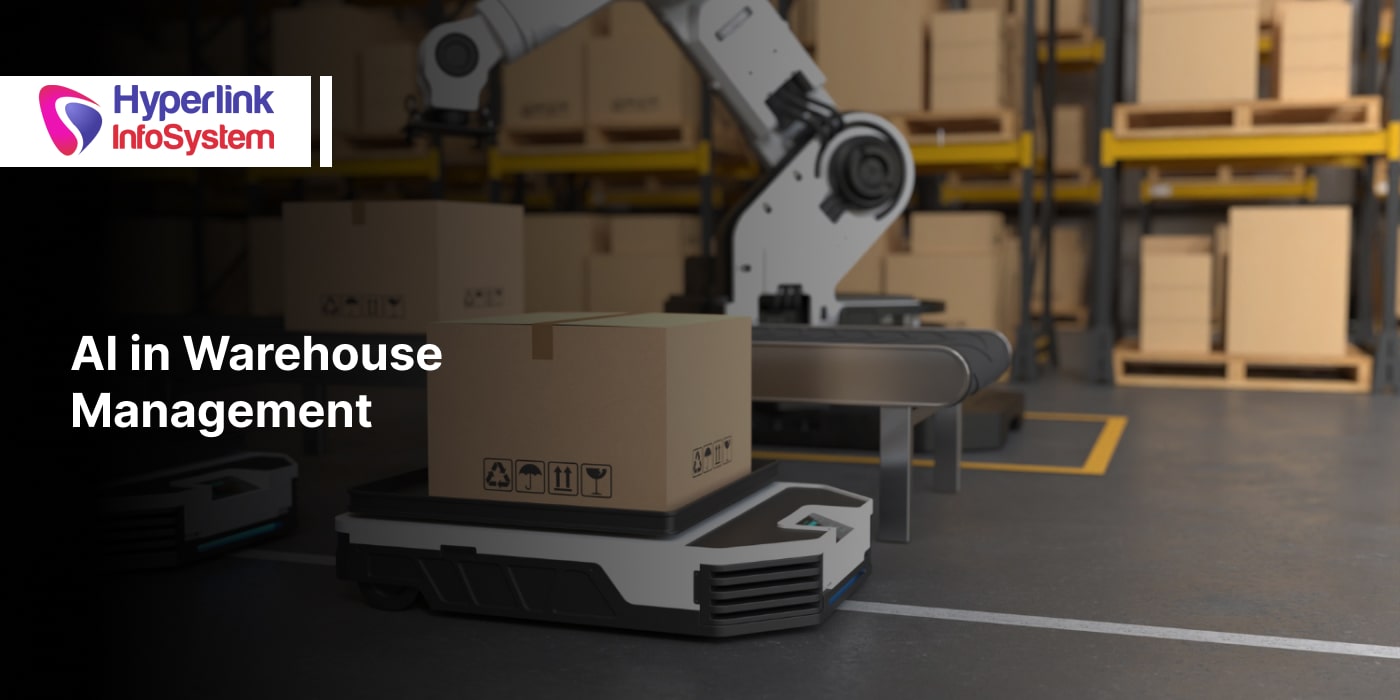It must be recognized that we live in an increasingly connected world and that the jump to the digitalization of production processes has shown to generate competitive advantages capable of improving the productivity and profitability of companies. Therefore, many companies are currently immersed in systems implementation processes that allow working in mobility, without the need to be physically in a job.
Apparently, with all the
benefits of mobile apps, the business needs to consider other factors, such as an internet connection. Can you imagine a web app development company asking a client: "Do you have wifi?" during a visit. It seems absurd, but sometimes we run out of data, and that is why you should consider the implementation of offline functionalities in mobile applications. This provides added value as a technological solution and constitutes a differentiating factor regarding their competition, saving costs, and improving production processes.
The most important thing when determining a strategy and objectives for the development and implementation of offline functionalities is to correctly define the scope of the client's needs in order to guarantee a correct reduction and optimization of the costs in the production processes.
The key points to be able to define an offline implementation in an online app correctly is to ask the following questions:
Is it necessary to have all the data updated in real-time?
Depending on the functional needs of the product, it is not always necessary to obtain the data in real-time. For this, part of the functionalities that optimize the performance of mobile applications would be by the implementation of dynamic caches that reduce recurring calls to the server temporarily storing this data on the device. The main advantage that this functionality offers is that we can serve more users by consuming the same service and save infrastructure costs by generating less traffic on the server with the same infrastructure.
With this type of functionality, it is convenient to include the development of transfer protocols that allow partially updating the data already stored in the internal memory of the mobile device. This, together with the possibility of synchronizing data via wifi, would reduce mobile data consumption by up to 30%.
An example of this functionality in a mobile application could be the update of a list of products. For this, the protocol would only ask for the identifier of each product and the stock, while other fields such as description, price, and others that do not vary so much in the time would not be updated in the request. But in the event that any product undergoes any variation, or a new product is included, the application would receive that consolidated data from the server automatically.
Another advantage that this type of development can bring is fluidity and
improvement of the user experience in loading times. This allows applications to display content while updating data in the background.
Does this app have to work in areas of low or no coverage?
In this case, you must be aware that the development and implementation of a complete offline functionality can mean additional hours the same development time as the complete application. If this functionality is not necessary, you shouldn't bother yourself about it. Also, the cost should be assessed against the benefit it provides.
In order to successfully undertake this type of development, it is vitally important to understand the functional needs of the client in order to ensure that:
- The technologies chosen or already implemented by the client are compatible with the technical needs of this development.
- The workflows are compatible or adaptable to work from a mobile application.
- Delimit the scope of functionality (not all functionalities should necessarily be offline).
Once the requirements have been defined, the first phase would be to design a synchronization and data storage system, as well as a system that allows all workflows made without connection to be stored. This will ensure that by the time we recover the connection, all those data will synchronize with the server, establishing a protocol on the server that controls and consolidates the integrity of the data.
The scope of this type of development can range from the creation/update of order forms, commercial visiting agendas, to the upload of images, videos, files to a remote server.
Another factor to consider is not to skimp on the devices on which the app should work since it would detract from the result of the final product. Usually, with about $400, you can find smartphones powerful enough for such applications. To put minimum requirements on the hardware level, 4-core processors (preferable 8), with 4Gb of ram and internal storage not less than 16Gb (preferably 32 or more).
What happens if I don't fit in the previous categories?
App development companies can create solutions for you, and in this case, they would study the option of a mixed functionality among the above, adjusting to the needs of the client.
An example of mixed functionality could integrate caches and a small database that reduces data consumption and load times, together with the request storage system in the case of complete offline functionality, which would provide greater solidity in case of losing connection while working.

























